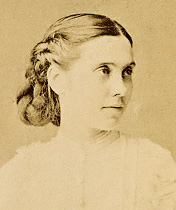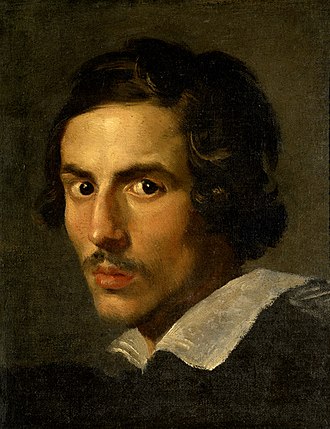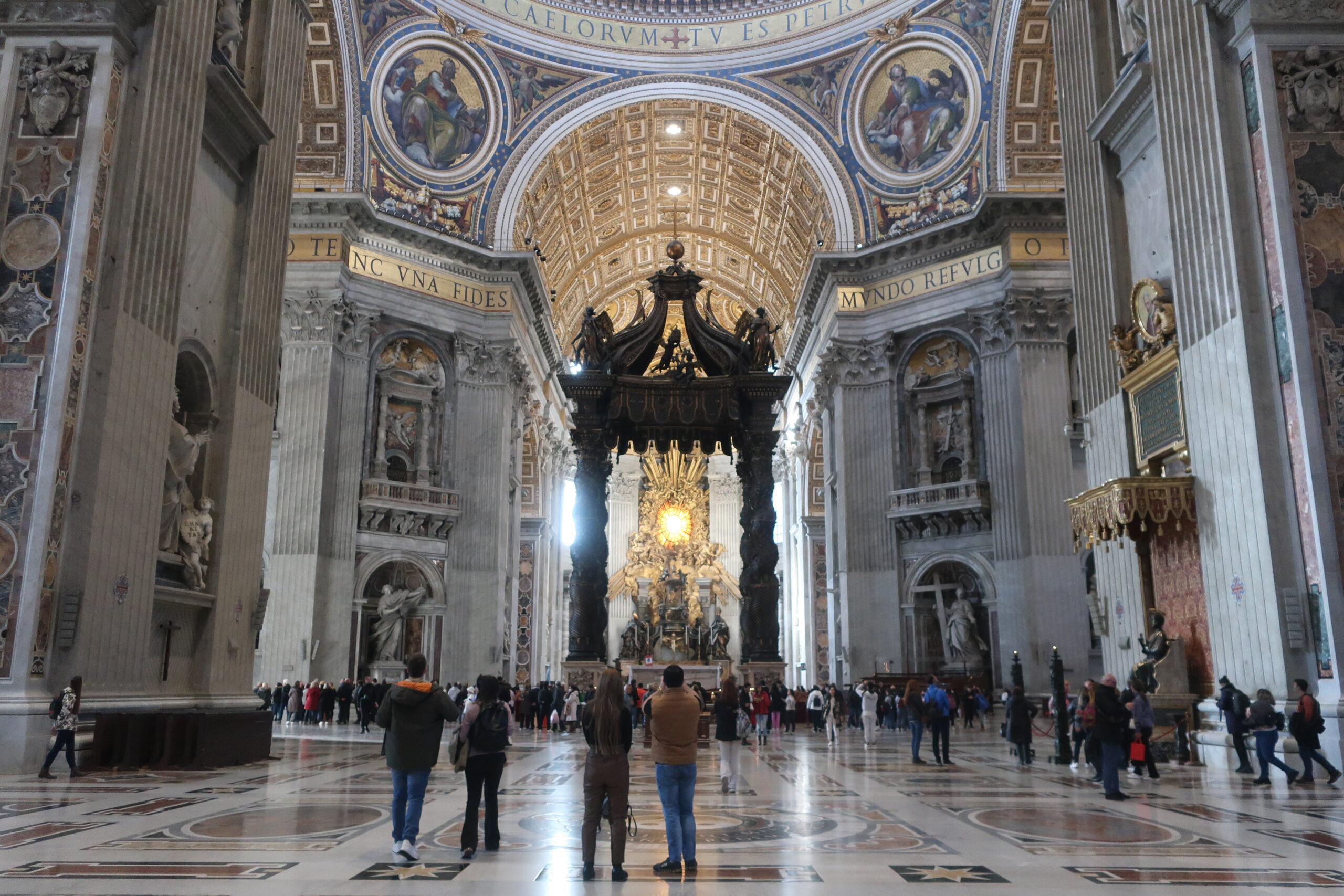Takahiro Ueda, "The Beauty of the Theater City of Rome: Dostoevsky and Bernini's Pilgrimage" - The fascination of ancient Rome and its temple of beauty!
Previously, my travelogue, "Dostoevsky, the Fateful Journey of His Wife: Travels in Western Europe of Madness and Love," was completed.
From the beginning of November to December, I traveled through Europe on a trip titled "Dostoevsky's Journey. And although I did not mention it in the above travelogue, I actually visited Rome during my trip.
I had visited Rome during my round-the-world trip in 2019, but that time I could only see the Vatican. This time I visited Rome again to see its face as ancient Rome and city of arts.
From this article, I would like to share with you my account of my stay in Rome under the title "The Beauty of Rome as a Theater City: A Pilgrimage to Dostoevsky and Bernini".
Now, as the title says, I became interested in the subject of "Rome, Dostoevsky, and Bernini" for the following reasons.
Dostoevsky set out on a trip to Western Europe in 1863 with a woman named Suslova. ((1) A brief introduction to Dostoevsky (1821-1866, "from birth to around the time of Crime and Punishment") before he met his wife, Anna.(See also.)

Apolinariya Suslova is a woman known as Dostoevsky's lover. And not just any lover. Dostoevsky's later worksThe Gambler.He is a man of strong personality who was also the model for Polina, a major character in the
Dostoevsky was madly in love with this woman and suffered agonizingly just like the characters in his novels.
On this trip, the two traveled from Paris to Baden-Baden to Geneva to Turin to Genoa to Livorno to Rome to Naples to Livorno to Turin to Berlin.
Dostoevsky stopped in Rome on this trip to see St. Peter's Basilica and the Colosseum.
I was very curious what Dostoevsky thought about these Roman symbols.
It is a fact that Dostoevsky was a strong critic of Roman Catholicism in his works and letters. However, the Vatican is a supreme city of art created by geniuses such as Michelangelo and Bernini. Moreover, Bernini was a super genius who transformed Rome into a theatrical city of art. Bernini has been introduced in this blog.

Bernini was an artist who mastered theatrical and dramatic effects. His architecture and statues have an overwhelming expressive power that captivates the viewer. Dostoevsky, on the other hand, is also known as a writer who mastered theatrical effects. For more on this, see George Stainer'sTolstoy or Dostoevsky?"It was mentioned in the following paragraphs. How Dostoevsky has a Shakespearean style! In particularThe Brothers Karamazov.school (e.g. of ikebana)King Lear"It is a Shakespearean tragedy, not only in its scenario but also in its expressive technique itself.
This made me wonder if Dostoevsky, who disliked Roman Catholicism, could not be captivated by St. Peter's Basilica, its main temple, and Bernini's stage art in Rome.
Dostoevsky's September 18, 1863 letter to Strahov on this subject survives. He mentions Rome in the form of a P.S. after a long letter.
It would be strange,RomeBut there is not a single mention of Rome, even though the letter is from the "Mere Old Man. But what can they write about? Oh, yes! Can this really be written in a letter? I arrived the night before last and visited St. Peter's in the morning yesterday. Nikolai Nikolaevich, which made such a strong impression on me that I felt a chill run down my spine. Today I visited the Forum and all its ruins. And then...large theaterOh, no! Oh no, what can I say to you ......
Kawade Shobo Shinsha, translated by Masao Yonekawa, The Complete Works of Dostoevsky 16, p. 442
That's all.
Travelogue of 1862Impressions of Summer as Chronicled in Winter."Dostoevsky, who was so eloquent in his "The Last Time I Saw Rome", says only this about Rome. This is a wonder.
This is entirely my imagination, but I suspect that Dostoevsky was born of a terrible conflict between his dislike of Roman Catholicism and the magic of Bernini's theatrical art.
Perhaps the above words suggest that Dostoevsky was quickly captivated by the charms of Rome. However, when I think about it calmly, I can't help but think about the other side of it... Dostoevsky, who criticized Catholicism so much in "The Brothers Karamazov," was also a writer who used theatrical techniques, so he would have seen through Bernini's intentions. Moreover, as a writer who himself uses theatrical techniques, he must have seen through Bernini's intentions.
When that happens, it may not be surprising to hear the thought, "I won't continue to be so easily captivated.
Or perhaps he had fallen into the worst state of mind because things were not going well with Soussourois, and in such a situation, his initial excitement was lost....
These are just my guesses, but I think it is very significant that Dostoevsky came to Rome as well.
This is why I was so interested in Bernini's city, Rome.
In this "The Beauty of the Theater City of Rome: Dostoevsky and Bernini's Pilgrimage," we begin with a book by Masumi Ishinabe.As Long as San Pietro StandsWe would like to introduce Rome along the following lines.
As I told you in this article, this book is the best guide to Rome. There is no better book to know the charms of Rome than this book. I am that fascinated by this book. It was the only "paper book" I brought on this trip. I read this book many times as I strolled around Rome.
After looking at Ancient Rome and Christian Rome, we will finally move on to the main topic, Bernini. We will look at Bernini's works one after another along his life, and then consider again Dostoevsky and Rome as a city of art.
I am one of those who have been completely captivated by the charms of Rome. In this travelogue, I would like to introduce the charms of Rome's wonderful arts.
The title "Dostoevsky and Rome" may sound a bit stiff, but don't worry, it is not at all. This is a travelogue of my love for Rome, having fallen in love with its beauty. I hope you will feel free to read it.
be unbroken
*The list of articles in the "Rome Travel Journal" can be found atCategory page hereindicates direction or goal (e.g. "to")
*Please visit this category page for recommended books to learn about Rome and Italy.
The Rise and Fall of the Roman Empire, the Vatican, and Roman Catholicism."
The Italian Renaissance and the Revolution in Knowledge."
Next Article.
Click here to read the previous article.
Related Articles



































